5 things we learnt on The Cook School by Ballintaggart Fire and Foraging course
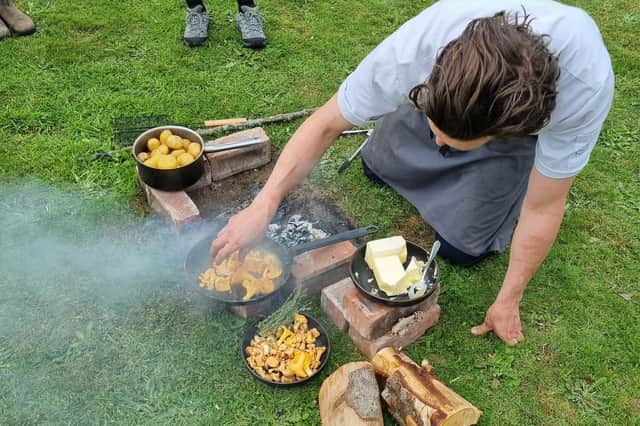

Cooking classes are not my natural environment.
The main problem is extreme laziness. I don’t want to do the work, just to be fed.
However, I could be converted at The Cook School by Ballintaggart. I’m trying their Fire and Foraging masterclass, which runs from noon until 5pm.
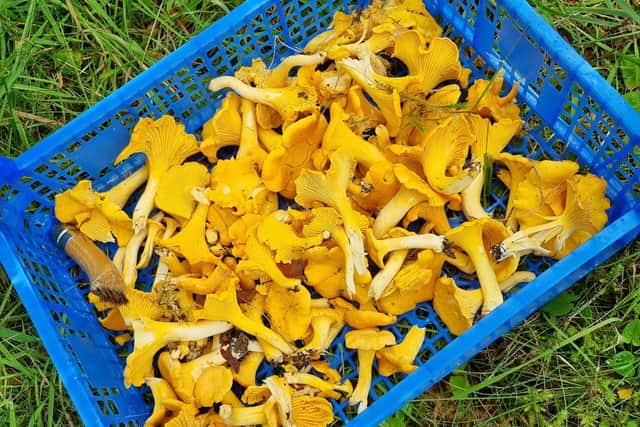

Advertisement
Hide AdAdvertisement
Hide AdIt’s going to involve a rather late lunch, so we are welcomed into Ballintaggart Farm’s library with coffee and lemon drizzle cake to keep us going until then. We meet a real mix of participants, including locals, and those who’ve got vouchers for birthdays.
There’s a mother and daughter team, solo adventurers and young couples, like us. (I'm only joking, we’re not young).
Alongside their chef, Harris McNeill, the co-owner of this destination, Chris Rowley, talks us through the day’s plans. First, we’ll head to the nearby Balnaguard Glen for a foraging session in the woodland, then we’re back to cook our spoils.
Thankfully, it’s a sunny day. Maybe the last of the season. Here’s what we learnt.
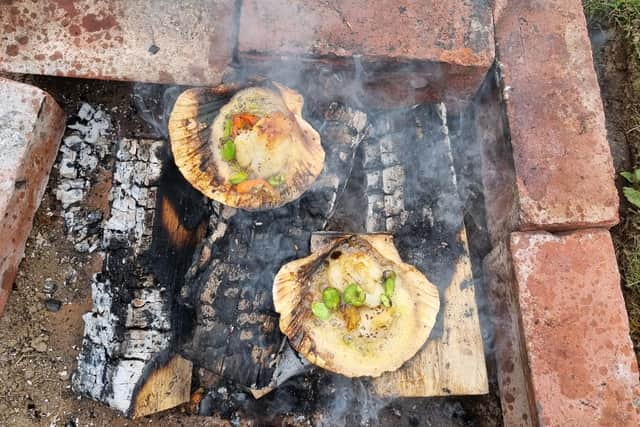

1Chanterelles come out of the ground in a satisfying manner. The only problem is, once you pop, it’s hard to stop, though ethical foraging is about never taking too many. “Don’t forage the whole area and decimate it or the spores won’t reproduce,” says Rowley, as we all stand in the perfect spot that he not-so-secretly scoped out earlier. “Look out for areas that are a bit damp, with water running close by, sometimes with silver birch trees around”. The cheffy pair have taken a fancy wooden tool with them, which has a knife on one end, and a brush on the other, to cut down on fungi cleaning when we get back to base.
Some of us are very keen. One member of the group, who we’ll call Mr Mushroom, has a nose for finding fungi, like a truffling pig. I find it harder to spot our quarry, among the fallen birch leaves, as they both have exactly the same sunshine hue.
Still, our communal basket is soon full of these yolky-coloured mushrooms. I point one out that’s on its own, away from the others. “Maybe just leave that,” says Rowley. Indeed, you must be ever alert to the poisonous false chanterelle or any others that you’re unsure about. Trust me to spot the suspicious one. Beware any colour and gill variations. We also see a few ceps, which have had huge chunks taken out of them by some sort of woodland creature, with a bite like a hippo.
2 Once you’ve seen pineapple weed, you’ll spot it everywhere, including between paving stones in the city. Otherwise known as wild chamomile, if you squish the round and velvety pin-cushion of a pistil, it smells of balmy pineapple. They’ve used this plant for infusing cocktails at Ballintaggart. If you’re that much of a home mixologist, you could do the same with pine, which they also use here to cure fish or put on the fire to impart its scent through the smoke. Other edible wild herb finds include yarrow, meadowsweet and elderflower. Rowley suggests poaching elderberries, though there are none today. “It is a bit of a faff, but you get this real citrussy burst,” he says.
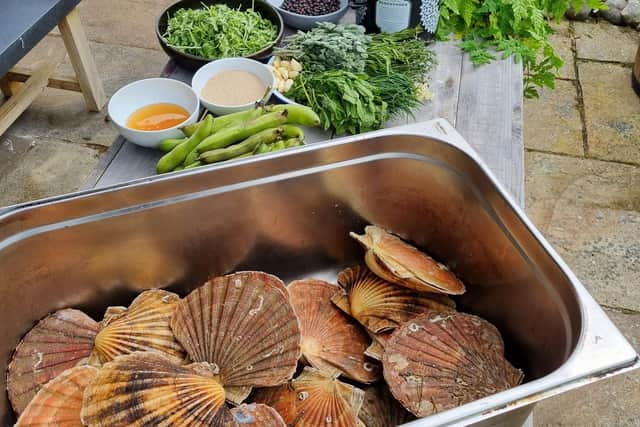

Advertisement
Hide AdAdvertisement
Hide AdThe wood sorrel is everywhere, as is ground elder and the aniseed-y sweet cicely. I put some of that in my pockets.
“You can make their stems into a sugar syrup,” says McNeill.
As we walk past it, Rowley points out the childhood favourite, sticky Willy, or cleaver. “Weirdly, it’s edible and has a woody earthy flavour. We quite often serve it in a foraged salsa verde”. I put a piece on the back of my husband’s shirt, as an aide-memoire.
3 My scallop should be entered into the Guinness World Records. It was the size of a mouse. We were shown how to shuck them, and separate the tasty bits, including a lovely orange roe, from the offcuts - aka the mantle, gut and skirt. “Only the female scallops have a skirt,” I tell the rest of the group, and they say nothing, so I add “the male ones wear shorts”. Silence.
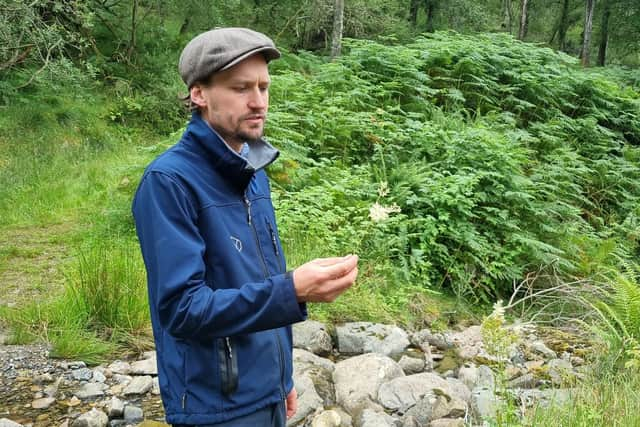

Each of us cooks ours on the fire we’ve started on the lawn. They’ve prepared this space by digging basin-sized trenches, which are filled with kindling and logs, and surrounded by bricks to shelter the flame.
As instructed, we put a glug of rapeseed oil in our half shells, then let the scallop bubble away in there, before adding a sprinkle of dried dulse and a knob of butter. On the side, there will be broad beans, blistered in a sieve on the flame. My finished dish was one of the most memorable and gorgeous things I’ve ever tasted. I ate it in reverent silence
4 I’d forgotten how much I love salsa verde. We make an easy one with foraged herbs, rapeseed oil, red wine vinegar, rocket and capers. It’s chopped in a group effort, and stirred up. Some might say ours is too heavy on the fennel fronds, but I sneaked extra in, because I like them. This mixture is teamed with the dappled flatbreads that we’ve made and cooked on the fire.
5 I still love having someone cook for me. This session includes a very late lunch and we’re allowed to down tools. We’ve already had our scallops and flatbreads as amuse bouche, but now we settle in the library, to wait for McNeill to deliver our platefuls of BBQ venison, those mushrooms and smoked potatoes. Foraging fairly works up an appetite.
Advertisement
Hide AdAdvertisement
Hide AdThe next Fire and Foraging session is on September 1. Other 2023 days at The Cook School by Ballintaggart include Autumn Seasonal Suppers on September 22 and Fermenting and Pickling on November 3, all £175 each, call 01887 447000, www.ballintaggart.com
Comments
Want to join the conversation? Please or to comment on this article.